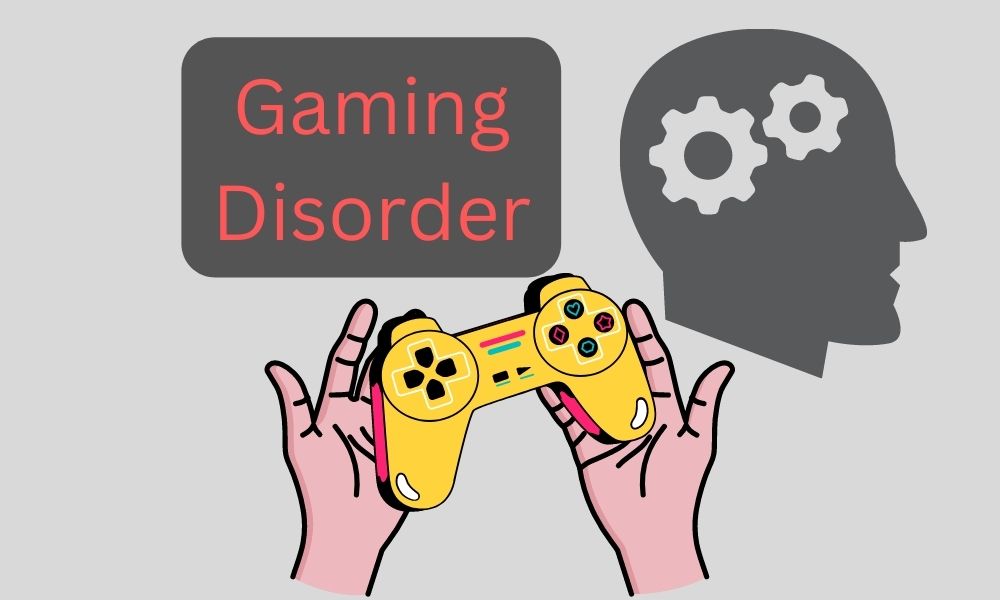Studies show a 50.8 percent increase in internet gaming behaviour amongst youth post-pandemic.
The Indian Journal of Public Health in their case study done on young college students states that 50.8 percent of the participants reported that their gaming behaviour had increased.
Jishu, a 19-year-old game addict says, “I played games as it served me an escape from reality. But lately, I was so indulged in it that I did not feel like doing anything else, my academic grades were low and slowly I started distancing myself from everything.”
Satya, Jishu’s father says, “I was really tensed about my son’s condition he never spoke to anybody and sat in his room all day.”
A report states, “According to a study published in the Indian Journal of Community Medicine and Public Health 2020, about 3.5 percent of Indian adolescents suffer from Internet Gaming Disorder (IGD). The rate is 0.5 percent higher than the global average.”
For the first time, in the International Classification of Diseases #ICD11, WHO is classifying gaming disorder as an addictive behaviour disorder so now we can measure how many people are affected.https://t.co/HxH0V4DqwU pic.twitter.com/8KKHfTzjEI
— World Health Organization (WHO) (@WHO) June 18, 2018
“Gaming disorder has been a rising concern and is very much prevalent among the youths of today. This had not been the same case a few years ago but post-pandemic these numbers are on a rapid rise. People are glued to their phone screens for hours owing to the factors of online classes and work from home,” says Doctor Nirmalya Mukherjee (NIMHANS).
He added, “These patients with gaming disorder and internet addiction are also associated with anxiety, depression and other mental health issues and we come across at least 800 patients per week and 150 out of them have problematic game use and 10 to 20 get diagnosed with primary gaming disorder.”
The International Journal of Community Medicine and Public Health (IJCMPH) in their report states, “Internet gaming disorder (IGD) refers to the problematic use of online or offline video games. Presently the prevalence of IGD among the adolescent group was between 1.3 percent to 19.9 percent and males reported more prevalence than females.”
The National Library of Medicine in their report stating criteria for Gaming disorder stated, “obsession with the game that is difficult to control for more than 12 months; the degree of obsession with the game is higher than other interests, resulting in a reduction in daily activities; and even if one is aware of the negative impact, the game behaviour continues or escalates.”
Dr. Tony, a Senior Resident Doctor at the National Institute of Mental Health and Neurosciences (NIMHANS) said, internet usage or gaming or anything whenever in excess is a problem. It is however more prevalent in boys than in girls. Boys are more likely to get attracted to aggressive kind of games where hyper activities are involved thus it makes them more vulnerable to virtual addiction to games.”
He said, “two in every 150 have increased screen time addiction, they also suffer gaming addiction along with anxiety and depression.”
Dr. Tony further added, “This addiction can lead to persistent problems such as sleeplessness, irritability and bad posture problems and other health-related issues. It is rising more amongst the children and young adolescent age groups of 10 to18. These patients are often associated with violent and aggressive behaviour when they are disallowed from using phones or laptops to play their games.”




